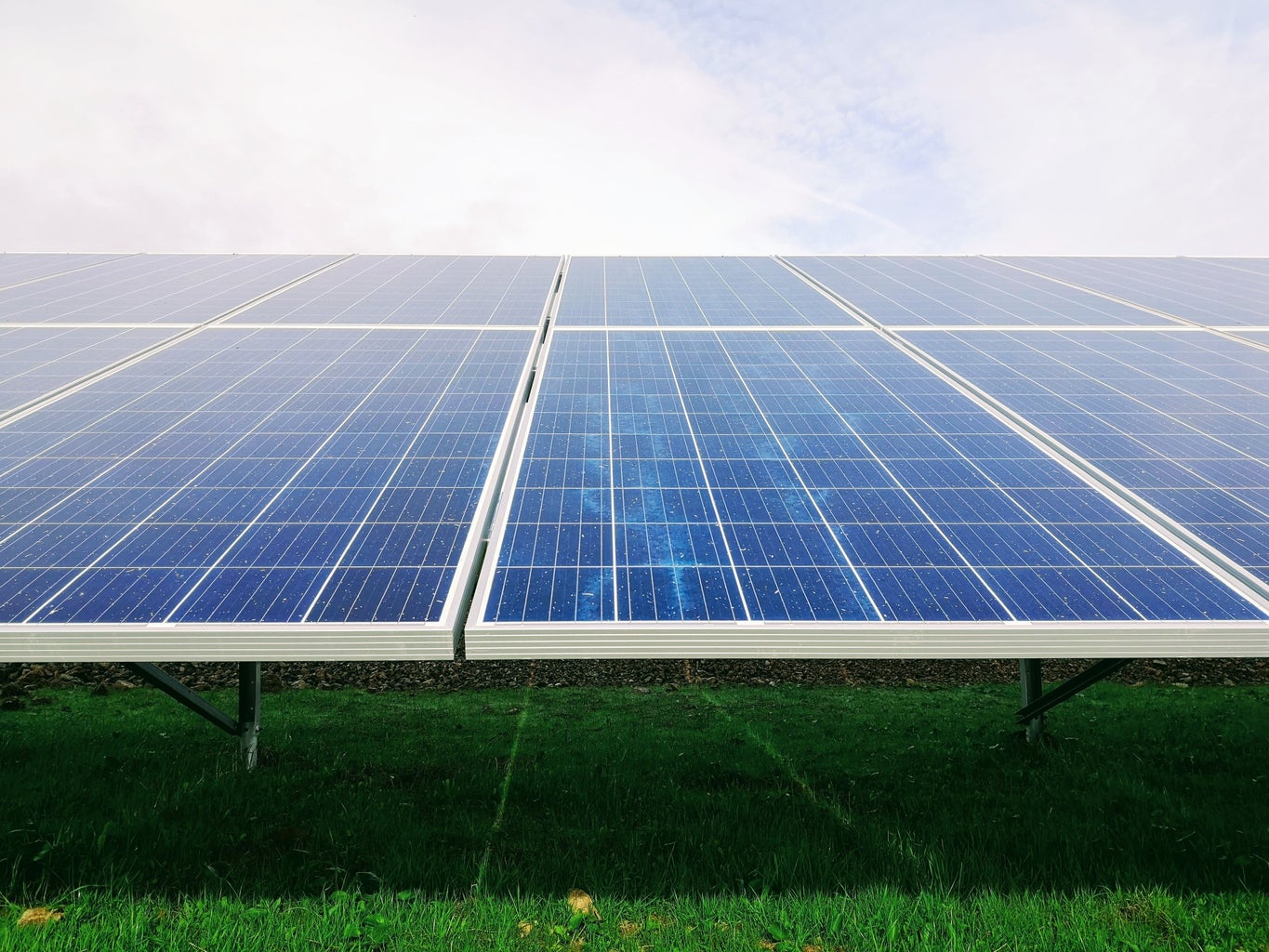Solar panels bring a whole new meaning to the phrase “catching rays.” They also burst onto the scene of renewable energy with tremendous promise for a greener more sustainable world. In this three part series, we will be shining a spotlight on the solar panel, a technology created to capture energy from the sun. In the first part of this series, we will be answering the following questions: what is a solar panel and how does it work?
Knowledge is combinatorial. From one idea, millions of others can flourish, so long as society has a use for them and wants new technology. After all, technological change can only occur as long as human beings foster new knowledge, techniques, and methods.
The first recorded instance of a successful application of solar power was in the 7th century B.C.E when a magnifying glass was used to concentrate the sun’s rays to make fire and burn ants. Had society not wished to further investigate how to produce fire, perhaps we would all be using magnifying glasses to cook our food and keep warm. But the economic and social issues of the past have motivated individuals to move forward, to continue innovating so that today we can power entire houses with solar panels. No longer do we harness the sun’s power to burn ants, but rather, to power our livelihoods to hopefully create a cleaner, greener future for generations to come.
Let’s begin with a quick look into the engineered design of a solar panel. A photovoltaic panel or cell is made out of semiconductors, which are weak electrical insulators that can change electrical and conducting properties to the likings of a technological device. A person can put together different types of semiconductors in order to create circuits and electronic chips, a common process in the electronics industry that is typically called “doping”.
The most common material used in semiconductors is silicon. At a microscopic level, silicon has 14 electrons, four of which are valence electrons that circulate the outer shell of the silicon atom and are not bound as tightly to the nucleus of the atom as the other ten electrons are. These four valence electrons are shared easily with nearby atoms via covalent bonds, which are shared electron bonds between two atoms. In crystalline silicon, a silicon atom forms bonds with four other silicon atoms, sharing an electron with each of its four silicon neighbors.
So how do solar panels actually work? In order to actually generate electricity from the photovoltaic cell, you need two types of semiconductors. The first is an n-type semiconductor, which replaces one of the five silicon atoms with an element, like antimony, that leaves one extra valence electron after covalent bonds are formed between the new atom and four silicon atoms. The second type is a p-type semiconductor, which replaces one of the five silicon atoms with an element like boron that only has three valence electrons, leaving one of the silicon valence electrons without a covalent bond.
So an n-type semiconductor has an extra valence electron and the p-type semiconductor needs an extra valence electron. When the positive electron holes and negative electrons in a p-type and n-type semiconductor are ionized via light energy from the sun, the positive electron holes of the p-type semiconductor and the negative electrons from the n-type semiconductor cause the positive holes and negative electrons to be drawn to one another at the boundary line. So, when a photon knocks an electron loose from an atom in the n-type semiconductor, it will travel across the depletion zone to the p-type conductor via a metallic wire and then go through the external wire back of the n-type semiconductor, creating an electric current.
The explanation given above of the mechanics of a photovoltaic cell is the product of an accumulation of ideas that began back in 7th Century B.C.E, when the first utilization of solar power was recorded. From 1st to 4th Century C.E., the Roman bathhouses were some of the first architectural settings to use strategic window placement in order to let in the sun’s warmth. In 1839, French scientist Edmond Becquerel stumbled upon the photovoltaic effect when he experimented with an electrolytic cell made up of two metal electrodes placed in an electricity-conducting solution and discovered that electricity-generation increased when exposed to light. The human species’ mission to capture the sun’s rays is timeless, and with every century and new idea, we have become closer to reaching our goal.
Stay tuned for part two to learn more about the evolution of the solar panel into a modern day technology.
Can’t get enough of HC UMass Amherst? Be sure to follow us on Instagram, listen to us on Spotify, like us on Facebook, and read our latest Tweets!





